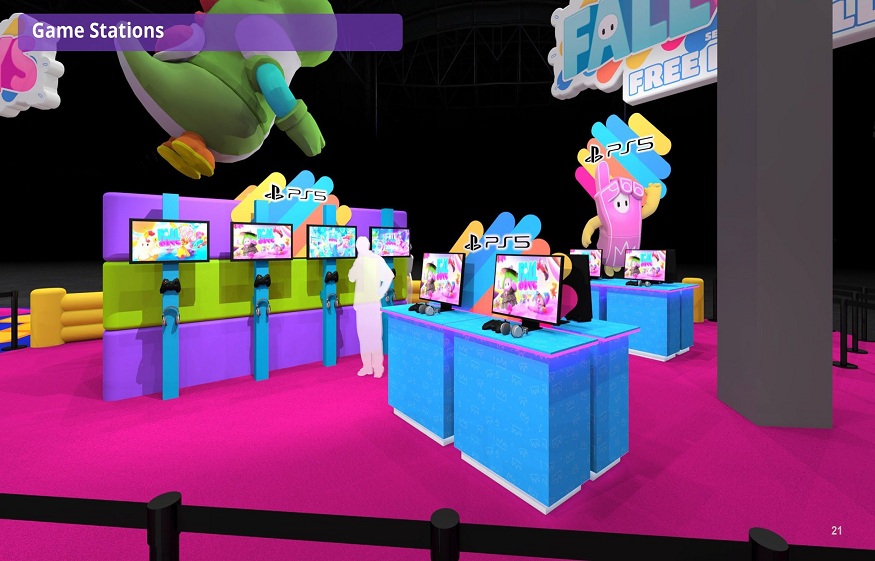Understanding the Exhibit Fabrication Process: From Concept to Completion
Are you curious about how exhibit fabrication works? In this article, we will take a closer look at the exhibit fabrication process, from the initial concept to the final completion. Exhibit fabrication is a complex and intricate process that requires a high level of skill and expertise. By understanding the different stages involved in exhibit fabrication, you can gain a deeper appreciation for the work that goes into creating immersive and engaging exhibits. Let’s dive in!
What is Exhibit Fabrication?
Exhibit fabrication is the process of creating physical exhibits for museums, trade shows, galleries, and other public spaces. This process involves turning a concept or idea into a tangible display that captivates audiences and effectively conveys a message. Exhibit fabricators work closely with designers, architects, and curators to bring these concepts to life. From custom-built displays to interactive installations, exhibit fabrication encompasses a wide range of techniques and materials.
The Exhibit Fabrication Process
- Concept Development: The exhibit fabrication process begins with concept development. This stage involves brainstorming ideas, creating sketches, and developing a cohesive vision for the exhibit. Designers and fabricators collaborate to ensure that the concept aligns with the client’s goals and objectives.
- Material Selection: Once the concept is finalized, the next step is selecting the appropriate materials for the exhibit. This can include wood, metal, glass, plastics, and other materials that best suit the design and functionality of the display.
- Prototyping: Prototyping is an essential part of the exhibit fabrication process. This stage involves creating a mock-up or prototype of the exhibit to test its functionality and visual appeal. Prototyping allows fabricators to make any necessary adjustments before moving on to production.
- Fabrication: The fabrication stage is where the exhibit truly comes to life. Skilled fabricators use a combination of cutting-edge technology and traditional craftsmanship to build the exhibit according to the approved design. This can involve welding, carpentry, painting, and other fabrication techniques.
- Installation: Once the exhibit is fabricated, it is time for installation. Fabricators carefully transport and install the exhibit at the designated location, ensuring that it meets all safety and quality standards. This stage requires precision and attention to detail to ensure a seamless installation process.
The Role of Exhibit Fabricators
Exhibit fabricators play a crucial role in bringing exhibit concepts to fruition. These skilled professionals have expertise in a wide range of fabrication techniques and materials. They work closely with designers, architects, and clients to ensure that the exhibit meets all requirements and exceeds expectations. Exhibit fabricators are problem-solvers, creative thinkers, and master craftsmen who are dedicated to delivering high-quality exhibits that engage and inspire audiences.
In conclusion, exhibit fabrication is a complex and multi-faceted process that requires skill, creativity, and attention to detail. By understanding the exhibit fabrication process, you can gain a deeper appreciation for the artistry and craftsmanship that goes into creating immersive exhibits. Whether you are visiting a museum or attending a trade show, take a moment to admire the exhibits around you and consider the intricate work that went into bringing them to life.



